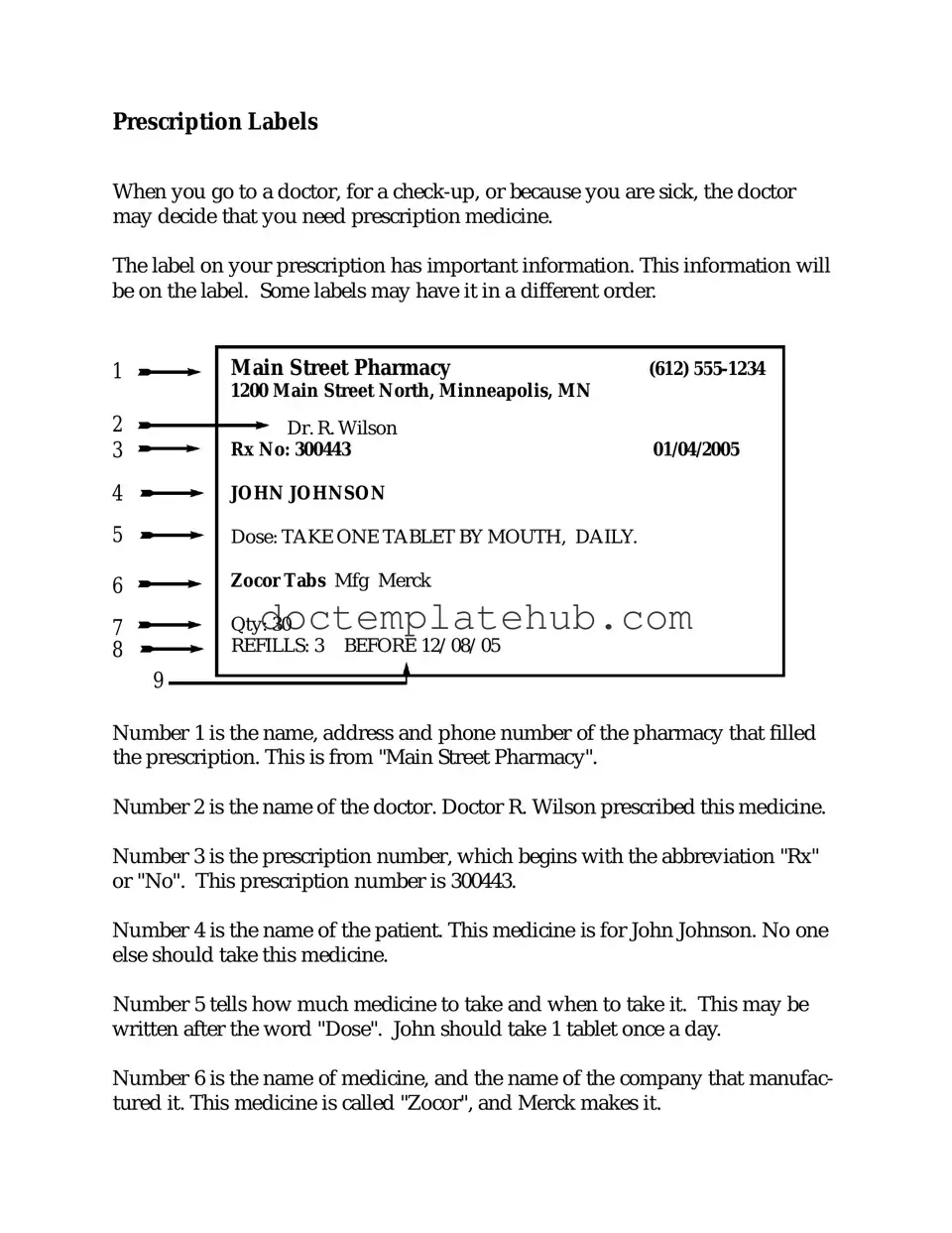What is the Prescription Label form?
The Prescription Label form is a document that provides essential information about a prescribed medication. It typically includes the patient's name, the medication name, dosage instructions, and the prescribing physician's details. This form ensures that patients understand how to take their medication safely and effectively.
Who needs to fill out the Prescription Label form?
This form is usually filled out by healthcare providers, such as doctors or pharmacists, when prescribing medication to a patient. It is crucial for ensuring that patients receive clear and accurate instructions regarding their prescriptions.
How do I use the information on the Prescription Label form?
The information on the Prescription Label form should be followed carefully to ensure proper medication use. Patients should read the dosage instructions, understand any potential side effects, and note any special instructions. If there are any questions or concerns, it is important to consult with a healthcare provider for clarification.
What should I do if the Prescription Label form is missing information?
If the Prescription Label form is missing any information, it is essential to contact the prescribing healthcare provider or pharmacist. They can provide the necessary details and ensure that the patient has all the information needed to take the medication safely.
Can I request changes to the Prescription Label form?
